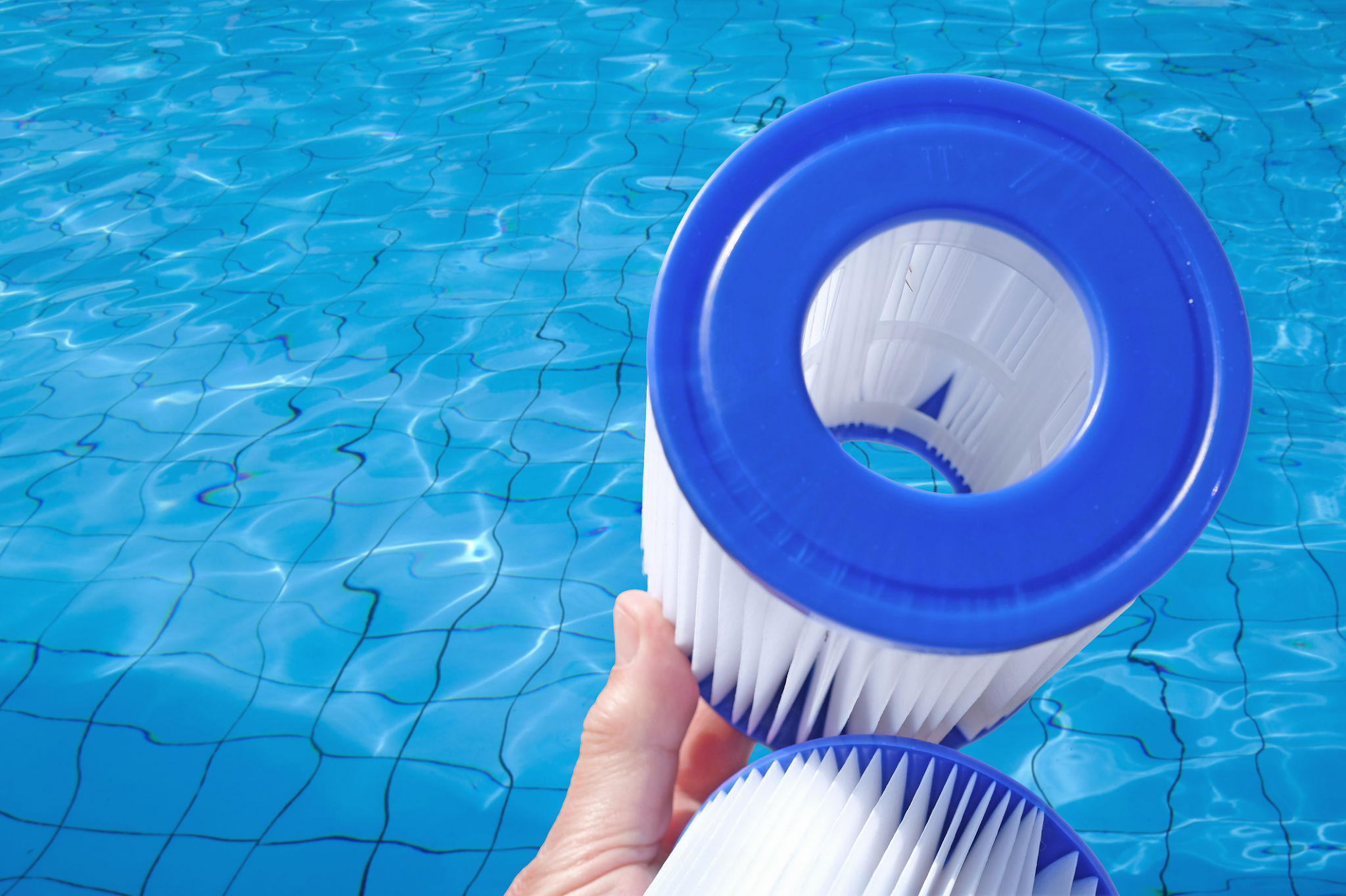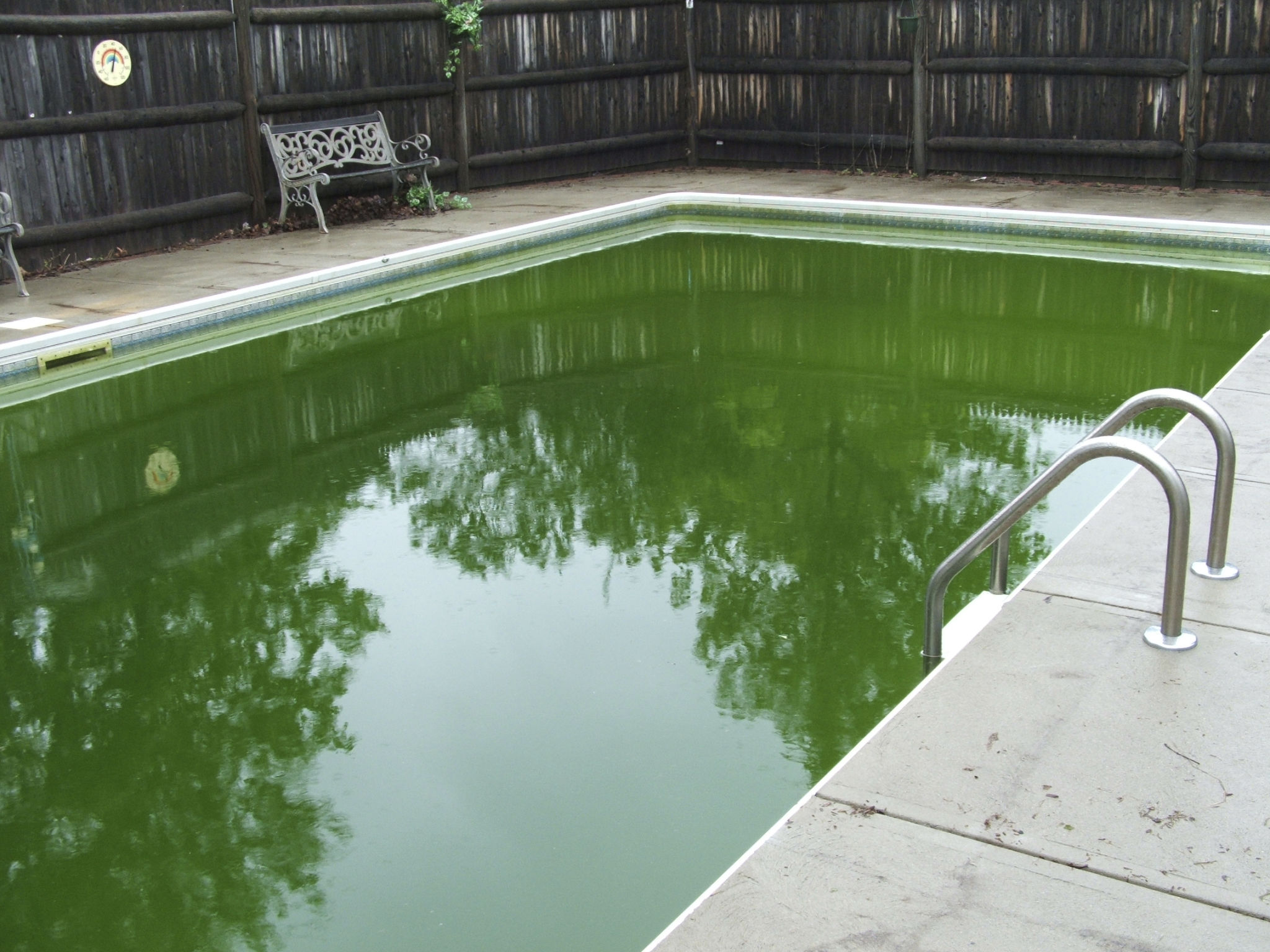How to Handle Common Pool Maintenance Issues: A DIY Guide
Understanding Basic Pool Maintenance
Maintaining a pool might seem daunting, but understanding the basics can make it manageable and even enjoyable. Regular upkeep ensures your pool remains a safe and inviting oasis. This DIY guide will help you tackle common pool maintenance issues so you can spend more time relaxing in your crystal-clear water.
The first step in pool maintenance is familiarizing yourself with essential tools and chemicals. You'll need a skimmer, pool brush, vacuum, test kits, and essential chemicals like chlorine and pH balancers. By keeping these tools on hand, you'll be ready to address any issues that arise.

Handling Water Clarity Problems
One of the most common issues pool owners face is cloudy water. This can be caused by several factors, including imbalanced chemicals, inadequate filtration, or environmental debris. To tackle this issue, start by testing your water's pH and chlorine levels. Adjust them as necessary to achieve balance.
If chemical levels are correct but your water remains cloudy, inspect your filtration system. Clean or replace filters if needed. Regularly skimming debris from the water's surface and brushing pool walls can also help maintain clarity.
Shock Treatment
When standard measures don't restore clarity, consider using a shock treatment. This involves adding a high dose of chlorine to your pool to kill bacteria and other contaminants. Be sure to follow the manufacturer's instructions for proper dosage and safety precautions.

Addressing Algae Growth
Algae growth is another frequent concern for pool owners. It typically appears as green, black, or yellow patches on pool surfaces. To prevent algae from taking hold, maintain proper chemical levels and ensure consistent circulation through regular pump operation.
If algae do appear, brush the affected areas thoroughly and apply an algaecide designed for your specific type of algae. Follow up with a shock treatment to kill any remaining spores. Regular maintenance will prevent future outbreaks.
Preventing Algae
Prevention is key when it comes to algae. Keep your pool covered when not in use to block sunlight and debris that can contribute to growth. Additionally, schedule regular water tests to catch imbalances early on.

Dealing with Equipment Malfunctions
Pool equipment issues, such as malfunctioning pumps or heaters, can disrupt your maintenance routine. Start by checking for simple problems like tripped breakers or clogged filters. Many issues can be resolved with basic troubleshooting.
For more complex repairs, refer to your equipment's manual or consult a professional for guidance. Regular inspections and maintenance of equipment can help identify potential problems before they escalate.
Routine Equipment Checks
Conducting routine checks on your pool equipment is crucial for early detection of potential issues. Clean out skimmer baskets and pump strainers weekly and ensure all valves are functioning correctly to maintain optimal performance.
By following these DIY strategies for common pool maintenance issues, you'll keep your pool in top condition throughout the swimming season. With a little effort and regular attention, you can enjoy a pristine pool that enhances your backyard experience.
